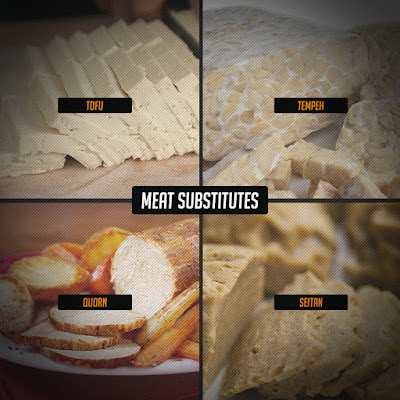According to a new report published by Allied Market
Research, titled, “Gluten-Free Products Market by Type: Global Opportunity
Analysis and Industry Forecast, 2014–2022,” the gluten-free products market was
valued at $3,126 million in 2015, and is projected to reach $5,279 million by
2022, growing at a CAGR of 7.5% from 2016 to 2022. Gluten-free bakery products segment
dominated this market, occupying approximately half of the total share of the
market revenue in 2015.
As per AMR analysis, “The gluten-free ready meals segment is anticipated to witness the
highest growth during the forecast period, owing to increase in number of
working women as well significantly increase in per capita disposable incomes
especially in emerging economies across the globe.”
Read more details of the report at: https://www.alliedmarketresearch.com/gluten-free-products-market
The global market is expected to witness substantial
growth in the near future, attributed to factors such as promotion of health
and wellness, increase in demand from millennial, improvement in marketing
activities, rise in awareness about celiac disease and other gluten allergies.
However, price sensitivity is a factor which is projected to restrain the market
growth. Increase in incidence of celiac disease is one of the driving factors
of the market. The numbers of celiac patients rise across the globe which has
increased the demand of gluten-free products for their intolerance toward
wheat. Moreover, rise in demand from millennial is a significant factor which
is leading to the market growth. Many people seeking weight management and
digestive health involve gluten-free foods in their lifestyle and help transform
the market.
In the year 2015, the gluten-free bakery products segment
occupied approximately 60% share of the overall market revenue, and is anticipated
to maintain its dominance during the forecast period. This is due to increase
in inclination of consumers toward healthy bakery products such as biscuits and
breads as well as increase in use of packaged bakery products among working
professionals across the globe.
Key
findings of the study:
- Gluten-free pasta segment is anticipated to grow at the fastest rate during the forecast period.
- Europe is estimated to continue to lead the market in terms of market share.
- Australia occupied for more than one-fifth of the total share of the Asia-Pacific gluten-free products market in 2015.
- India is estimated to grow at the highest CAGR of 8.9%, in terms of revenue.
- Gluten-free ready meals segment is expected to show a significant growth in the Asia-Pacific region.
Request for sample copy of this report at: https://www.alliedmarketresearch.com/request-free-sample/1810
Europe accounted for the largest share in the global
gluten-free products market, due to increase in awareness among consumers
toward healthy food products. North American region is further expected to
account for the second largest share in the global market, due to increase in incidence
of celiac disease and gluten intolerance, and is anticipated to register the
highest growth rate during the forecast period.
Some of the major players operating in the global
gluten-free products market are Pinnacle Foods, Inc., Hain Celestial Group,
Inc., General Mills, Inc., Kellogg Company, The Kraft Heinz Company, Genius
Foods Pvt. Ltd, Freedom Foods Group Limited, Mondelez International Inc.,
Wessanen and Valeo Foods Group Limited.





